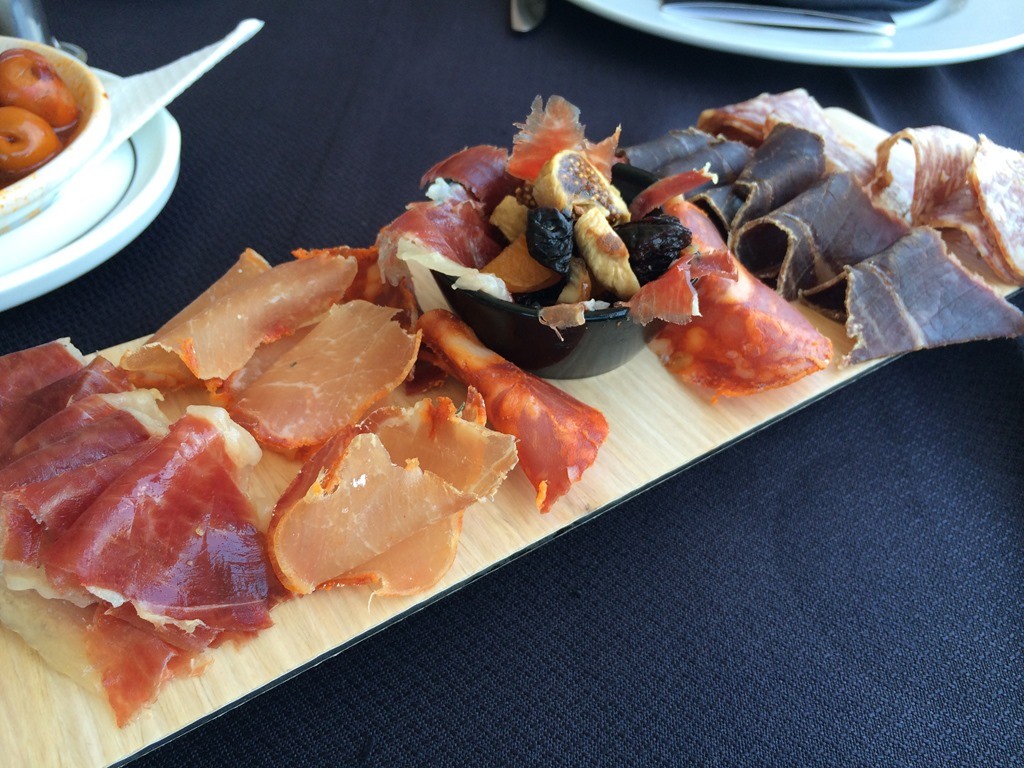2025 Living in Canary Islands Costs
The Canary Islands are a group of seven islands, just off the Saharan coast of Africa, which belong to Spain. Nominally part of Europe, they are well over 1,000 miles from the southernmost part of that continent, and they enjoy a special economic and duty free status. The islands are mainly reliant on tourism for their income, attracting around 1.8 million tourist per year to enjoy what is often described as the world’s best all year round climate.
The Canary Islands are unquestionably a good place to live if you want all the benefits of living in Europe but with some separation from the rest of the continent. Summers on the islands are long and hot, and winters are short and mild. There are also eight main islands to choose from, providing plenty of variety.
Living in the Canary Islands is not expensive. While more tourist-oriented areas may be more expensive, the overall cost of living is significantly lower than in the UK.
Canary Island Housing Costs
There’s a wide range of property for rental on the islands, with a one bedroom apartment ranging from $400 USD per month in large towns and rural areas to $500 USD in resort areas. The latter will almost always have the benefit of a communal swimming pool. Larger 3 bedroom properties will rent at about $900 to $1300, and larger resort properties will usually have a private pool. Electricity charges go from $60 USD at the lower end, rising considerably for larger properties with air conditioning and a pool pump.

A liter of gasoline is currently $1.13 USD, with diesel about 5 cents cheaper per liter. Taxi transport is a little below average for Europe, allow just over $1 USD per kilometer, and there are good bus services, with most journeys costing around $4 USD.
Which is the best Canary Island to live on?
Some will be better than others depending on what you actually want from your new life in the Canary Islands. The recommendations below are based on the assumption that you will not mind either tourism or large expat populations. After all, there are far better places to visit than the Canaries if you do.
The main distinction between the larger islands is their level of development and population. If you like the idea of the Canaries but prefer a more peaceful lifestyle, one of the smaller islands would be a better choice.
Tenerife is the largest and most populous Canary Island. It is also the most popular with Brits and other tourists. As a result, it has the best connections to the UK and other mainland destinations, making it an excellent choice for frequent vacations.
Many expat buyers prefer the island’s south, particularly near the airport. Tenerife is also a good choice if you want to start your own business, such as a hotel or restaurant, because it sees the most tourism traffic.
El Hierro is one of the smallest main islands, with a population of approximately 11,000 people. It is the farthest west of the islands, but it enjoys the same climate as the others. It has an airport and frequent ferries to the other islands, so you won’t have any trouble making connections. If you want a quieter life in the Canary Islands and don’t mind traveling for larger shopping sprees and day trips, El Hierro is a good choice.
Fuerteventura remains a popular tourist destination, but it was “discovered” much later than the larger islands. The biggest difference is that properties are significantly cheaper; for example, a central apartment could be found for around €65,000 or so. Although it is not as popular as Gran Canaria or Tenerife, it does experience a tourism boom during the summer months.
Gran Canaria is the third-largest island in the archipelago, but it has the most diverse terrain. The resort towns are in the south, but the lush rolling hills and almost tropical forests are found further north. Its capital, Las Palmas, also has a vibrant food and shopping scene. You can find an apartment for as little as €90,000 depending on where you want to live on the island. However, if you are willing to spend a little more, you can find some incredible villas for around €500,000.
La Gomera is yet another lesser-known island. It is located just east of Tenerife and has a population of approximately 21,000 people. It is well-known for its location wine, but it also has some amazing wildlife and geography. It would be a good choice for those looking for an outdoor lifestyle that isn’t overly influenced by tourism.
Canary Islands Groceries
Food shopping is on a par with most of Europe, although as almost everything is imported, the choice is limited. For a couple, eating well, you’ll be spending about $140 USD a week, and you’ll pay a slight premium if you are buying in the smaller shops in the holiday resorts, as opposed to the larger supermarkets in the main towns. Alcohol is cheap, thanks to the duty free status – a bottle of local beer is about $1.20 USD, cheap wine is under $2 USD a bottle and a good wine is around $6 USD. Liter bottles of local Gin and Rum can be bought for about $8 USD, and even premium brands are no more than $17 USD.
The Atlantic waters that surround the islands provide a huge array of fabulous, healthy and inexpensive fish.

Cooking at home is the best way to keep costs down, and focusing on local produce will do so even further. Locally grown vegetables include potatoes, several types of bean, onions and various other root vegetables. There’s a wide range of fruit, and the local pork is exceptional. The Atlantic waters that surround the islands provide a huge array of fabulous, healthy and inexpensive fish.
Tap water can be drunk, but as it’s desalinated, the taste isn’t great, so most people buy bottled mineral water at about $2 USD for 5 liters.
Eating out in Canary Islands
Eating out varies considerably. In the resort areas, there’s a huge choice of international cuisine, and you can pay anything from $20 USD to $40 USD a head. But visit the towns and villages outside the resorts and you’ll find astonishing value for money, with tapas dishes starting at $1.20, and many places offering a “Menu del dia” with three course and a beer or wine for just $11 USD. Look out for “Sociedades” in every village – these are family run bars which offer great food at very low prices.
Duty Free Goods
Once again, thanks to the lack of duty on luxury goods, perfumes, cosmetics, cameras and jewelry are all much cheaper than on the mainland of Europe, and many people come to the islands specifically to buy those things. Cigarettes and cigars are incredibly cheap – you can buy 200 of the former for as little as $7 USD.
Clothes in Canary Island
Several of the major European retailers have clothes shops on the islands, and prices of most clothing is on a par with Europe – Levi’s Jeans are $50 USD, a surf style T Shirt is about $17.
Canary Island Markets
All the islands have markets – some are pure food and craft markets, but many have huge tourist markets. The largest is at Teguise in Lanzarote every Sunday, where there are several hundred stalls, offering local produce, designer goods (many fakes!), clothing, aloe vera products, bed and table linen and many more interesting and unusual items. There are bargains to be had, but you must negotiate! The farmer’s markets are fabulous for buying the freshest local produce direct from the farmers at bargain prices.
Final Word
Living in the Canary Islands provides you with everything you’re used to from previous vacations. One of the most appealing aspects is the excellent year-round weather, which is complemented by beautiful scenery and delectable cuisine.
If you like to drink and smoke, then The Canary Islands will save you a fortune! For those of us who don’t, the overall living costs are on a par with most Western countries. If I were to plan to live here for a month, I’d budget $1300 USD– that would get me a reasonable apartment, cover my food shopping and bills and leave me enough to enjoy a few trips out.
Whatever island you choose as your new home, the Canaries can be a very relaxing place to start a new life. The hope is that it will simply feel like one long vacation.
